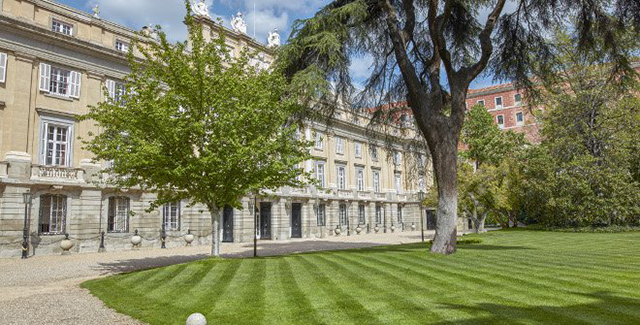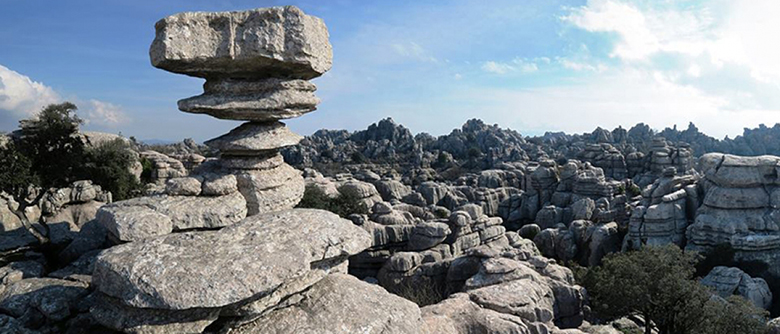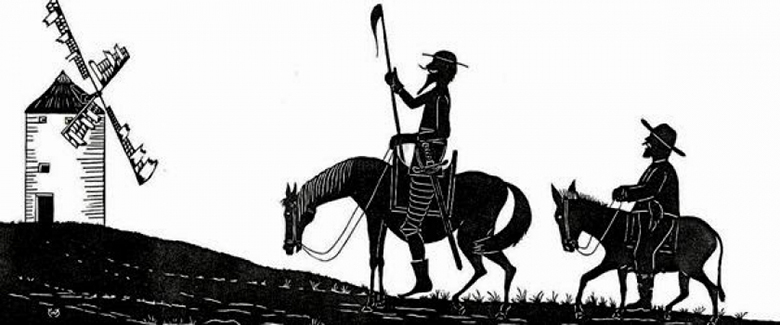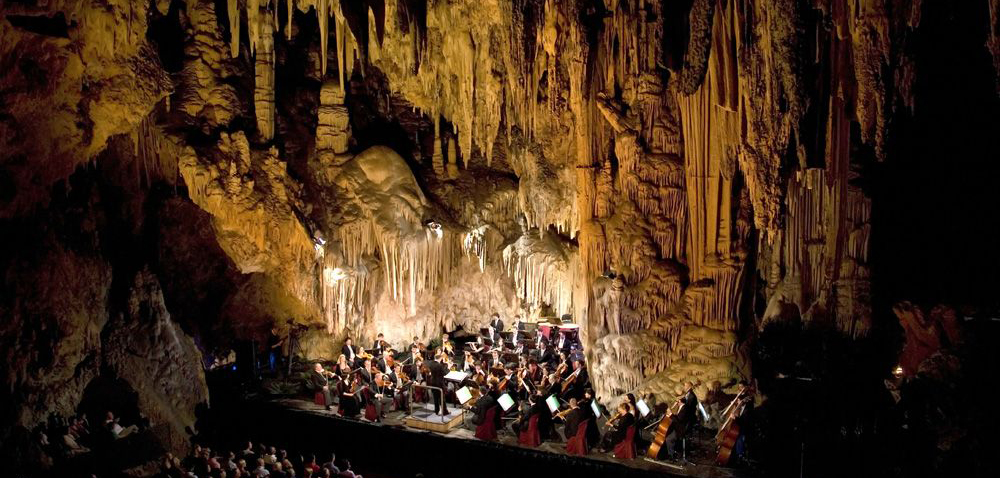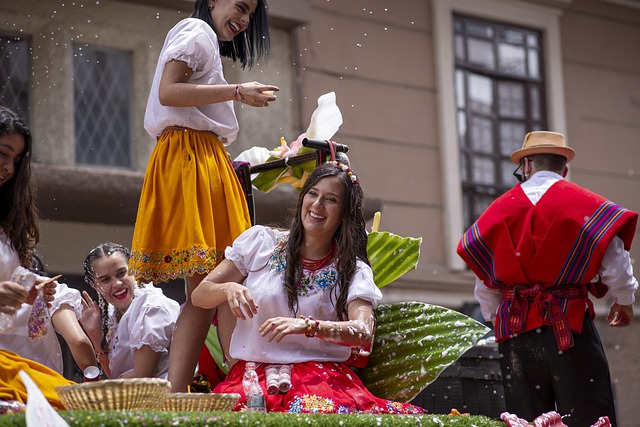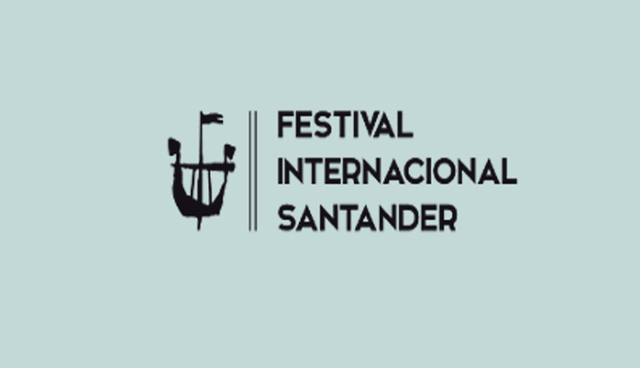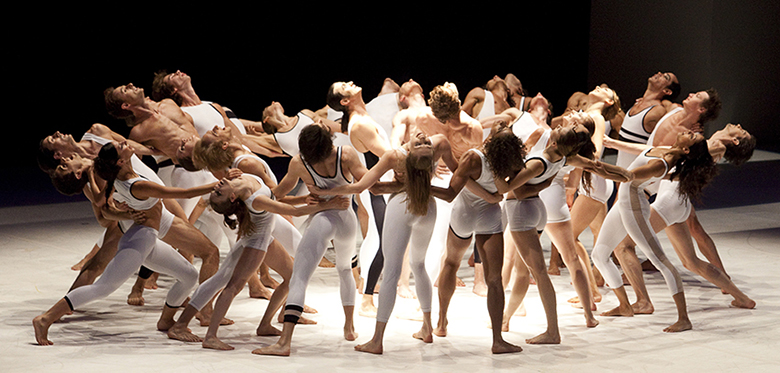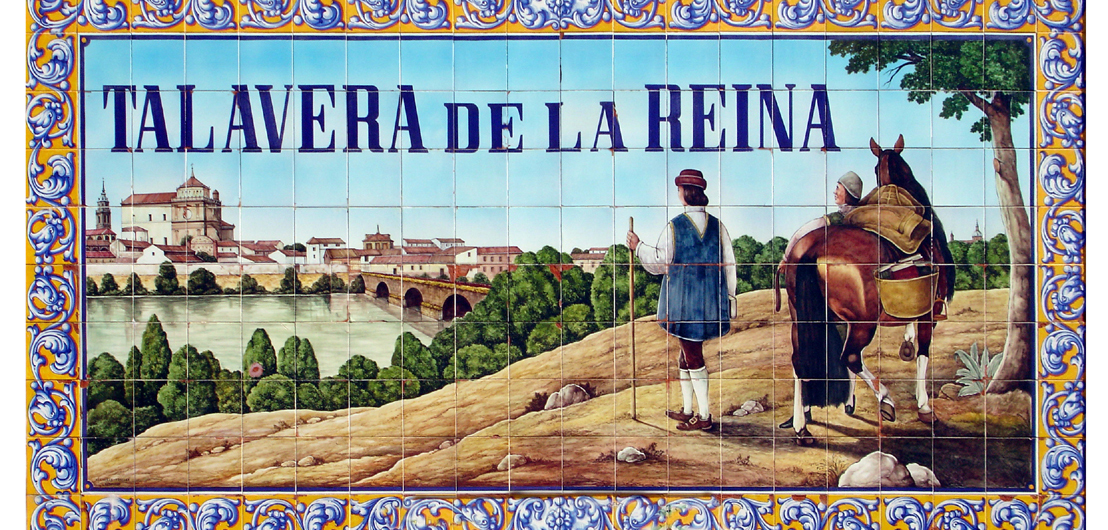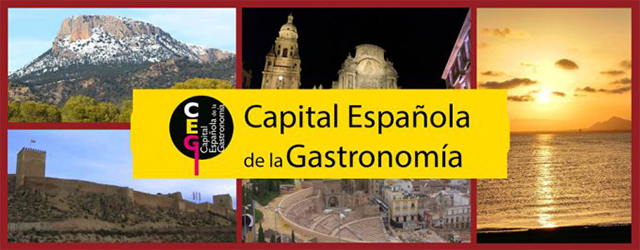Centuries of monarchy in Spain have left their imprint on the country’s people, landscape and cultural heritage. Your group can discover the artistic and cultural treasures housed within the royal palaces, monasteries and convents throughout the country, and especially Madrid and the province of Castile. A spectacular new attraction is the Liria Palace, now open for public tours!
Liria Palace: Open to the public
Home to the Dukes of Alba, the 18th century Liria Palace houses one of Spain’s most important art collections. Once kept exclusively as the private collection of the Dukes, these amazing artworks can now be seen by the public in guided tours. Some of the most outstanding pieces can be found in the gallery of portraits of successive dukes, by great masters like Christoph Amberger, Tiziano, Goya, Federico de Madrazo, and Joaquín Sorolla.
Along with the portraits and a great number of other famous paintings, your group can also see an outstanding collection of sculptures in marble and bronze, from the Roman Empire and around Europe, through to the neoclassical period. Finally, there is an extensive library, which contains over 9,000 books – including a first edition copy of Don Quixote – and many documents, like the will of King Philip II and letters from Christopher Columbus, Titian, and Rousseau. Other treasures in the palace include painted ceramics from ancient Greece, old armor and weapons, furniture from the empire, and 18th century tapestries.
Of course, Liria Palace itself is a sight to behold, and 12 of its grand rooms can be visited. To add to the experience, the tours are accompanied by musical excerpts by great composers such as Boccherini, Tchaikovsky, and Strauss, which were actually written in the palace.
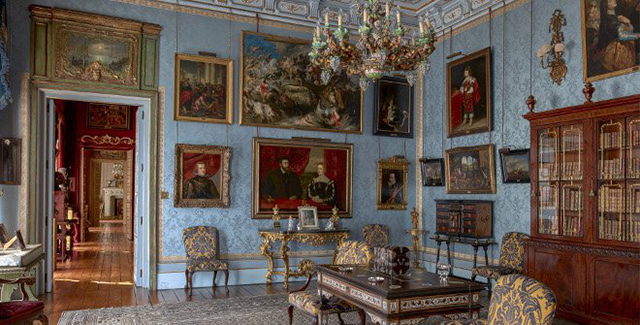
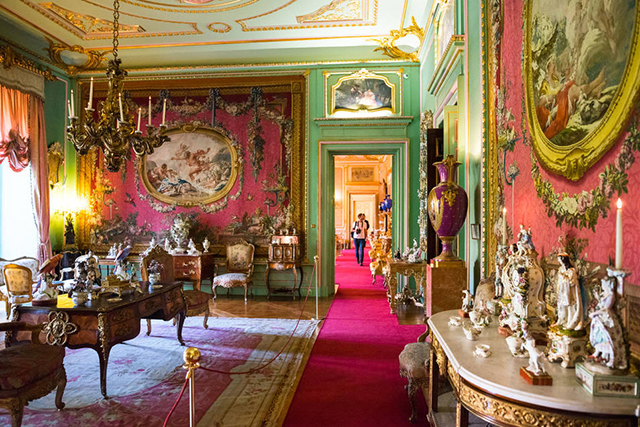
Other sites of nobility and the monarchy
Along with Liria Palace, Spain’s monarchy has contributed a wealth of other sites your group can visit. Many of these are found in or near Madrid – most notably, the Royal Palace, whose majestic rooms display some of the world’s great artistic works and continue to host some of Spain’s most important events and ceremonies. The Royal Palace also houses some more unusual sites, like the Royal Pharmacy, where your group can see prescriptions dispensed to the Royal Family along with plenty of other unique objects. If possible, attend a changing of the guard ceremony, which takes place once a week. The ceremony is a real spectacle, with the participation of 400 people and 100 horses.
If your group is interested in the monarchy, they will also love to see the Monastery of El Escorial, a designated World Heritage site. Built in the 16th century, King Philip II used the monastery for his family mausoleum. The compound includes artisans’ houses, the barracks, and the apartments of the Infants and Queen. The church itself contains a remarkable 15 cloisters, 88 fountains, over 1,600 paintings, and much more.
For some royal relaxation, take in a show at the Royal Theater, one of Spain’s grandest opera houses, or spend some time at Buen Retiro Park, which belonged to the Spanish Monarchy until the late 19th century when it became a public park.
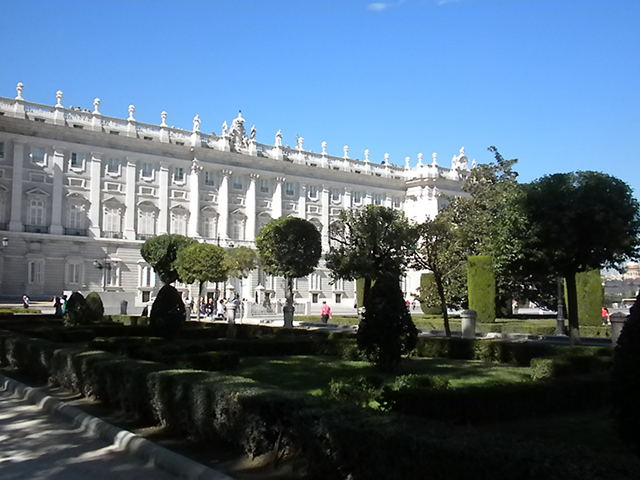
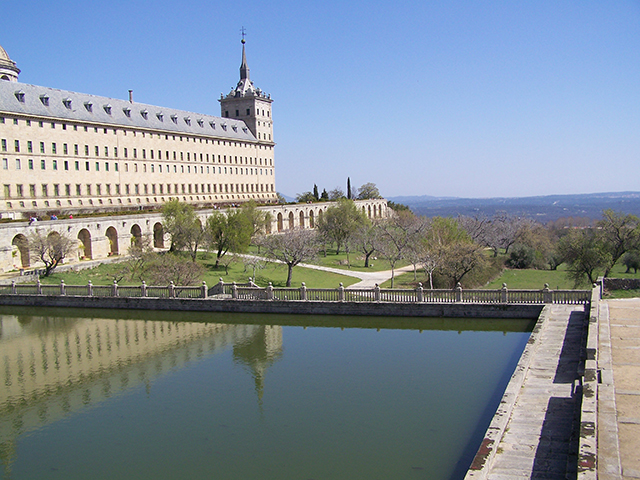
Your group’s Royal tour
Spain’s monarchy is an essential part of its heritage that will give your group a unique perspective on the country, its people, and its history. There are many sites to visit – get in touch today to start planning your itinerary!
